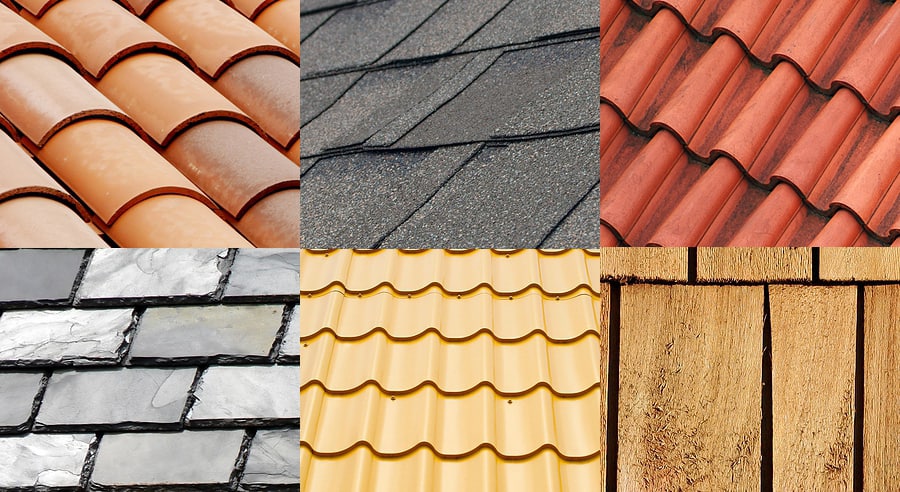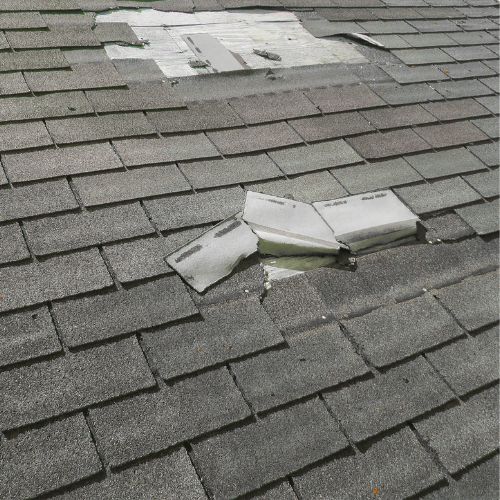Keep Dry Roofing LLC: Ensuring Sturdy Roofings for Your Peace of Mind
Keep Dry Roofing LLC: Ensuring Sturdy Roofings for Your Peace of Mind
Blog Article
Ultimate Checklist for Assessing the Problem of Your Roof Covering System and Identifying Prospective Problems
Checking the problem of your roof is a prudent practice for any type of home owner looking to guard their building financial investment (Keep Dry Roofing LLC). Regular assessments can expose possible problems before they escalate right into pricey repairs or replacements. By following an extensive checklist tailored to review the different parts of your roofing, you can acquire useful insights into its present state and preempt any kind of approaching issues. This aggressive approach not just makes sure the longevity of your roofing system yet likewise adds to preserving the structural stability of your home.

Roof Covering Examination Equipment
These devices help in identifying possible issues, evaluating the general problem of the roofing system, and establishing the required maintenance or repair services required. One of the main devices used in roofing system assessments is a dampness meter, which helps recognize areas of trapped moisture within the roofing layers that might suggest leakages or water damages.

Additionally, a digital video camera or smartphone is crucial for recording the inspection process, catching images of any kind of damages or areas of problem for additional examination. Various other devices such as binoculars, roofing system probes, and safety equipment like ladders and harnesses are essential for a comprehensive and risk-free roof covering examination. By utilizing these devices successfully, examiners can conduct comprehensive analyses, identify issues promptly, and advise ideal options to keep the roof's integrity.
Outside Roof Covering Examination
To thoroughly assess the problem of a roofing system, an outside roof assessment is important to examine the surface for indicators of wear, damage, or prospective concerns. During an outside roofing analysis, it is critical to start by checking out the shingles or roofing material. Seek any kind of missing, split, or crinkled shingles as they can suggest water penetration and possible leaks. Look for moss or algae growth, which can trap dampness and cause deterioration gradually. In addition, check the blinking around chimneys, vents, and skylights to ensure they are protected and in excellent problem to stop water seepage.

Evaluate the total cleanliness of the roof, as debris build-up can maintain moisture and accelerate roofing system degeneration. By conducting a thorough exterior roof covering examination, home owners can recognize and resolve prospective issues before they intensify into expensive fixings.
Inside Ceiling Analysis
Upon going into the interior room, a detailed analysis of the great site ceiling is critical to identify any kind of signs of water damage, leakages, or architectural issues. Beginning by visually examining the ceiling for any kind of discoloration, drooping, or peeling paint, as these might indicate water infiltration from the roofing system. Any kind of moldy odors or moisture in the air must additionally raise issues regarding potential roofing issues.
Attic Assessment
The attic room offers as an essential component of the roof system, supplying insights into prospective concerns that might not be visible from the outside or inside of the residence. During the attic exam, it is essential to check for indicators of water damages, such as water stains, mold development, or decaying wood, which might suggest a leakage in the roofing system. Regularly examining the attic can help determine prospective roof covering issues early on, enabling for timely repair work and upkeep to extend the life-span of the roof.
Resolving Common Roof Covering Problems
Recognizing and promptly resolving usual roofing system issues is crucial from this source in preserving the architectural honesty and durability of a roof. One of the most frequent issues property owners deal with is a dripping roofing system, commonly triggered by harmed or missing out on tiles, incorrect installment, or worn-out flashing. It's necessary to resolve leakages without delay to official site avoid water damage to the interior of the home and potential mold growth. Another common problem is roof covering ventilation problems, which can result in excess heat and dampness buildup in the attic room, triggering premature damage of the roof covering products. Poor ventilation can likewise cause higher energy costs due to ineffective temperature level regulation. In addition, the build-up of particles such as fallen leaves, branches, or snow on the roof can block drainage systems and result in water pooling, which may at some point cause roof leakages or architectural damages. Regular examinations and maintenance can help determine and attend to these usual roofing problems before they rise into more considerable concerns.
Conclusion
Finally, a thorough examination of your roof is essential to identify possible problems and make sure the total problem of your roofing. By making use of the appropriate tools and conducting outside, attic room, and inside examinations, common roof covering troubles can be resolved promptly. Regular upkeep and timely repair services can help stop considerable damage and prolong the life expectancy of your roof.
One of the main tools made use of in roof examinations is a dampness meter, which assists determine areas of trapped dampness within the roofing layers that might show leaks or water damage. Other devices such as field glasses, roof probes, and safety devices like harnesses and ladders are vital for a safe and comprehensive roof covering evaluation.To extensively evaluate the condition of a roofing system, an outside roof covering analysis is essential to evaluate the surface for indicators of wear, damage, or prospective concerns. Examine the general sanitation of the roofing, as debris accumulation can preserve moisture and increase roof wear and tear. Keep Dry Roofing LLC. Additionally, the build-up of debris such as leaves, branches, or snow on the roofing can obstruct water drainage systems and lead to water merging, which might eventually cause roofing system leaks or architectural damage
Report this page